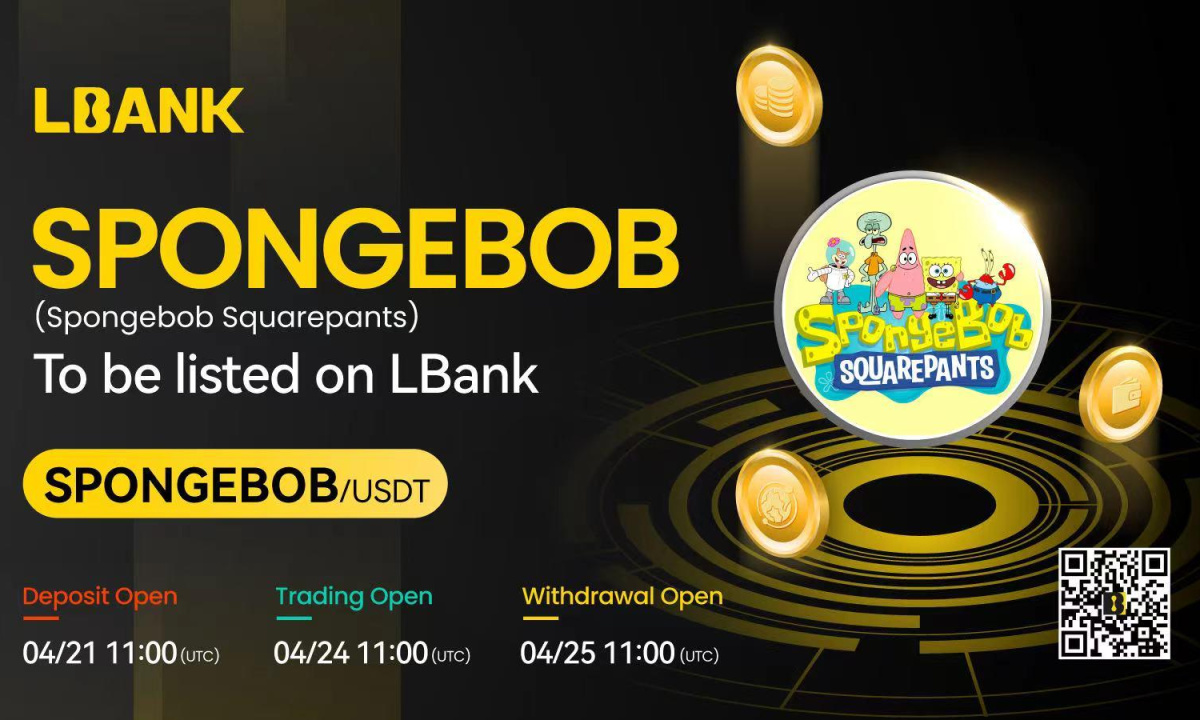Table of Contents
- The DeFi and CeFi Ecosystem
- What Does Real-World Assets Imply?
- DeFi Can Help Tokenize Real-World Assets, Scale the Ecosystem, and Increase Mass Adoption; Here’s How.
- The Perfect Partner for the DeFi Ecosystem and the Solution it Brings to the Table
- Benefits of Centrifuge as a DeFi Solution to help Scale Investments and the Future of the Ecosystem
- Businesses: SMEs and SaaS
- Investors
- Conclusion
The CeFi-DeFi debate will never get old until there is a clear action-backed definition of the DeFi ecosystem and where it is heading. While there is a high-level potency in the CeFi ecosystem, there is more to benefit from the DeFi ecosystem, but we have done little to prove this point.
The crypto community will continually nurse little skepticism in the future of DeFi. And while developers and organizations are hopping onto decentralized finance for its benefits, it will keep looking like a bubble.
One way to prove otherwise is by adapting decentralized finance and tech to solve more real-world problems through solutions that can help change CeFi to DeFi while maintaining the core values of the decentralized system. Let’s learn more about this.
The DeFi and CeFi Ecosystem
For a clearer understanding of this article, let’s have a peek at the present DeFi and CeFi ecosystem. When we use blockchain tech to build a financial system that is adaptable and applicable to the digital world, we have decentralized finance, or DeFi for short.
DeFi is not a new term in the blockchain community, having persevered over time despite sanctions and limitations, especially from local and international securities authorities. In contrast, centralized finance (CeFi) introduces the authorities and an intermediary for every transaction in its ecosystem.
Stakeholders in a centralized finance setting do not have total control over their assets and may be subject to scrutiny when they don’t comply with its terms and conditions.
For this reason, the crypto community aims to retain control of their blockchain transactions as adapted from the book: “Bitcoin: A P2P Electronic Cash System” by Satoshi Nakamoto, one of the notable decentralized finance evangelists.
But this buzz lasted only for a while, following several loopholes in the decentralized finance ecosystem in areas such as security, scaling, and mass adoption. CeFi, on the other hand, has continually seemed like a better alternative, and DeFi, like a promise yet to fulfill its objectives.
However, the only way to change this is by continually introducing solutions to these problems until there is no doubt left in the decentralized space.
Citing the solution mentioned earlier in the introduction of this article: adapting DeFi to real-world assets, thus building real-world DeFi products, will not only convince the crypto universe but increase mass adoption and open grounds for innovations.
What Does Real-World Assets Imply?
First, an asset is anything that holds value, whether current or potential value. A real-world asset is a tangible or intangible item, service, or product that, in a real market, one can exchange for money or another valuable item.
Truly, it is possible to represent real-world assets on-chain. We’ve seen it through NFTs, derivatives, and even the digital cash service systems that allow businesses to adopt cryptocurrencies as a means of transacting on the internet, hence scaling their services. Now, how does decentralized finance come into the picture? Let’s see!
DeFi Can Help Tokenize Real-World Assets, Scale the Ecosystem, and Increase Mass Adoption; Here’s How.
There is so much more to the possibilities decentralized finance already offers. There is a need to adapt DeFi to solve real-world problems through real-world assets. Real-world assets that we have seen in the preceding section may include real estate or inventories, the most common adaptable examples on-chain.
It doesn’t end at tokenizing these items; providing liquidity for these projects will help drive motivation and innovation to keep the pace of enhancing them. Relative developers must hold these ideas in thoughts when providing such DeFi innovations.
The Perfect Partner for the DeFi Ecosystem and the Solution it Brings to the Table
Presently, what is obtainable in the traditional public capital market includes exclusive accessibility to funds and loans. Traditional banks in the CeFi space acted as arrangers, connecting corporations with retail or institutional investors, until the advent of DeFi.
Tokenization reduces this existing barrier, and SMEs and startups can easily access the local and global economic scene. Also, funds raised from RWA give these smaller businesses the freedom to put their potential on display for investors to see.
Centrifuge is a decentralized asset financing protocol founded in 2017 by entrepreneurs from the well-known supply chain FinTech Taulia. It aims to unlock economic opportunities for all by linking lenders with borrowers in a transparent operation free from the inadequacies of traditional finance, cost-effective, and free from intermediaries.
Centrifuge disburses its solutions through Tinlake, its dApp for lending. Through this, businesses can tokenize their real-world assets and use them as collateral when they need access to liquidity.
Tinlake is the first Ethereum-based dApp on the network that helps borrowers and investors fund their asset pool. It is open-source, and its smart contracts are easy to integrate into the wider ecosystem of decentralized finance. Also, Tinlake permits traditional investors to tokenize real-world assets into non-fungible assets on the Centrifuge network.
By doing so, it is easier for investors and borrowers to participate in DeFi protocols. Meanwhile, investors can begin investing in asset pools as soon as they become members of Tinlake.
Benefits of Centrifuge as a DeFi Solution to help Scale Investments and the Future of the Ecosystem
Centrifuge is a perfect DeFi solution for several solid reasons, and two of the best ways to look at it are through the eyes of investors and businesses.
Businesses: SMEs and SaaS
Centrifuge’s decentralized application, Tinlake, helps businesses, which it refers to as asset originators, to tokenize real-world assets peculiar to them while scaling and upholding their core objectives in the digital space.
Tinlake allows the committing of a non-fungible token representation of these assets to the blockchain. Doing so makes the ownership and authenticity of these real-world assets verifiable, something DeFi stands for.
Meanwhile, the tokenized assets may serve as collateral for loans that the liquidity of Tinlake investors deposited in pools help fund.
Investors
Tinlake refers to investors on its platform as lenders, participants who lock their stablecoins inside Tinlake pools. These funds bring Tinlake pools much-needed liquidity in the form of loans.
Meanwhile, like in traditional finance, investors can earn interests from their lock-in funds in the liquidity pool. As an investor or lender on Tinlake, you can also research an asset originator before making your liquidity available for its pool.
A feature like this is why Centrifuge is ahead in the real world DeFi because it helps lenders better understand the quality of the asset originator and its business.
Upon choosing a pool, investors can lock-in the stablecoin, DAI, and select the token to receive, whether DROP or TIN; Centrifuge’s utility tokens.
Conclusion
The perfect decentralized innovation requires the perfect solution, with all fingers pointing to dApp scaling through real-world asset tokenization and DeFi funding.
Centrifuge is converting CeFi to DeFi through its solution, and soon enough, all additional real-world assets we interact with will revolve in the blockchain ecosystem.
Untold levels of liquidity are one of the perks that real-world assets will offer the world, eradicating the need for traditional finance. And Centrifuge is the perfect partner to lead this movement.
Disclaimer: This article is provided for informational purposes only. It is not offered or intended to be used as legal, tax, investment, financial, or other advice.
Investment Disclaimer












